Craft Personalized Shopping Experiences Using Shopify & MoEngage
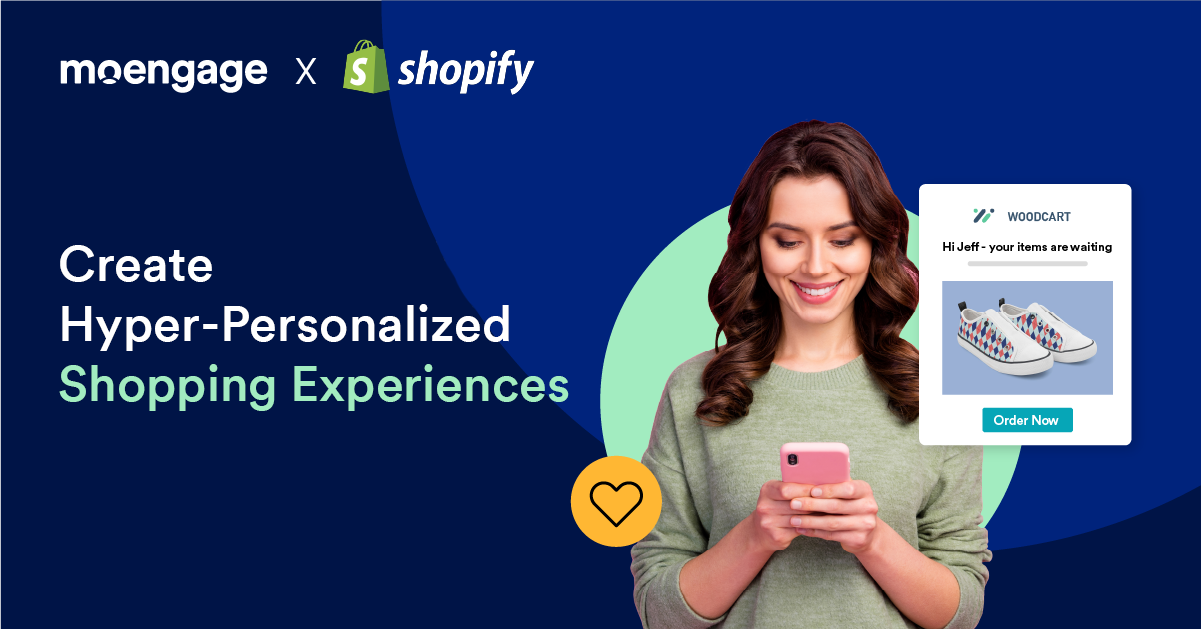
Reading Time: 5 minutes
Today, most online shoppers expect personalized shopping experiences. Any level of personalization, large or small, adds significant value to the overall customer experience. In fact, consumers are likely to spend 40% more than planned when they identify the shopping experience as hyper-personalized.
However, using an E-commerce platform alone isn’t sufficient to engage customers effectively. To provide personalized experiences, using a customer engagement platform like MoEngage alongside your E-commerce platform is necessary. And that’s why we’re announcing our no-code, one-click integration with Shopify, one of the largest all-in-one E-commerce platforms.
Introducing Our No Code, One-click Integration With Shopify
Our one-click integration lets you easily connect your Shopify store to the MoEngage platform. Once connected, you get a seamless flow of events and customer data from your online store. This enables you to –
- Enable real-time data sync – Automated tracking of key user and event data points. Here’s the entire list of events.
- Provide contextual engagement – Power personalized campaigns across Email, SMS, Web, Whatsapp, and Facebook ads.
- Remove dependencies – The integration removes the need for developer support and offers a seamless integration experience.
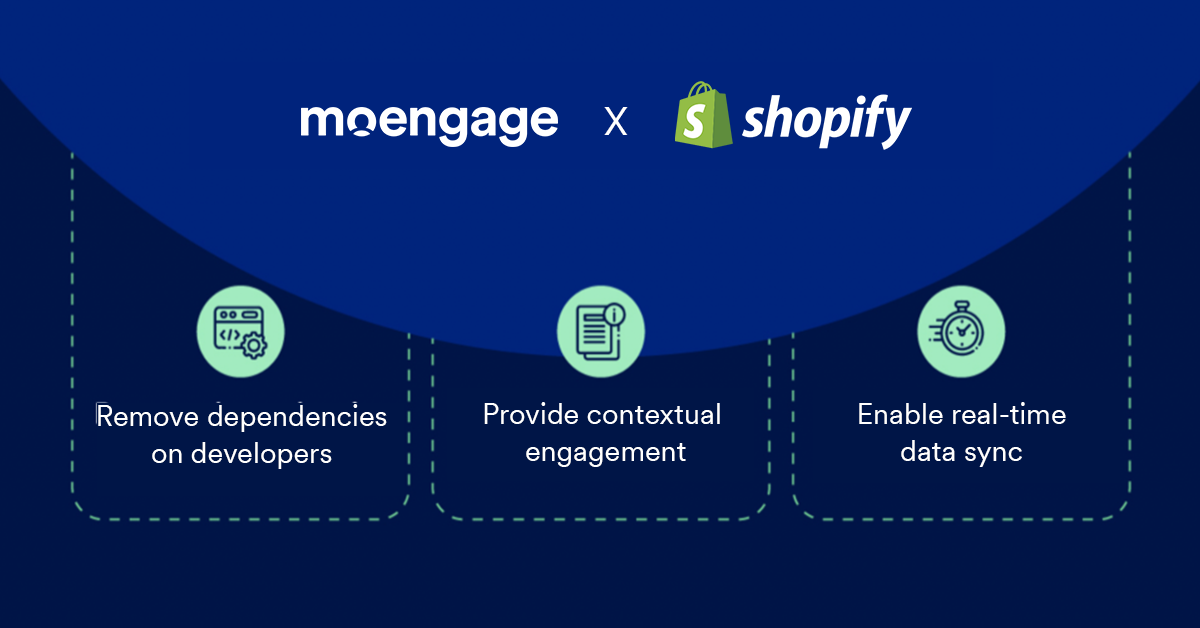
Leveraging MoEngage for Shopping Personalization Across the Customer Journey
Here’s how you can provide personalized shopping experiences using MoEngage and Shopify across different customer stages –
1. Driving awareness for new products across channels
There’s no better way to drive visibility to your new products than sharing them with your existing customers by engaging them on various channels.
With MoEngage you can design personalized multi-channel campaigns for different customer segments. You can further optimize the campaign by creating multiple variations of the campaign and A/B test them.
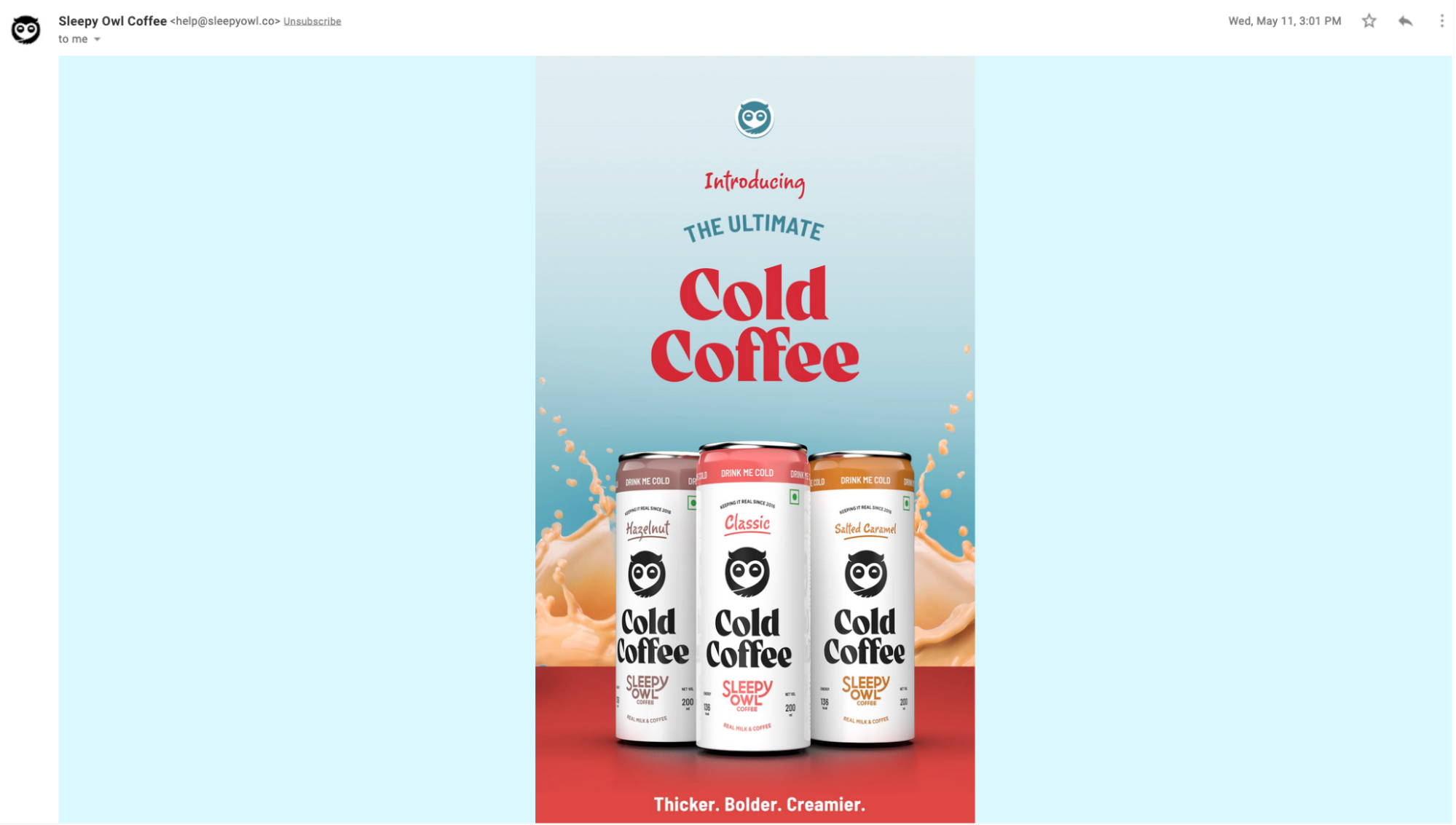
Additionally, for maximum engagement, you can leverage Sherpa, our AI Engine to send the campaign to the most preferred channel and at the right time. You can learn more about that here.
2. Triggering personalized recommendations to interested shoppers
Sharing relevant personalized recommendations to customers over email is one effective way to bring back potential customers to the website and increase sales.
Using MoEngage, shop owners can trigger personalized product recommendations to customers on the basis of their past engagement behavior and demographics.
For example, using AMP in email, a fashion E-commerce store can push a new collection email to customers who’ve shown interest in a certain category in past, allowing customers to explore more products from the catalog embedded inside the email.
3. Improving conversions by reducing cart abandonment
Recovering cart abandonment is the easiest way E-commerce companies can increase their sales. But it takes more than just a few emails to reduce cart abandonment.
To boost purchase completion, companies need a robust multi-channel re-engagement strategy. For example, companies can offer an instant discount to customers who’ve removed an item from the cart through web push notifications in real-time.
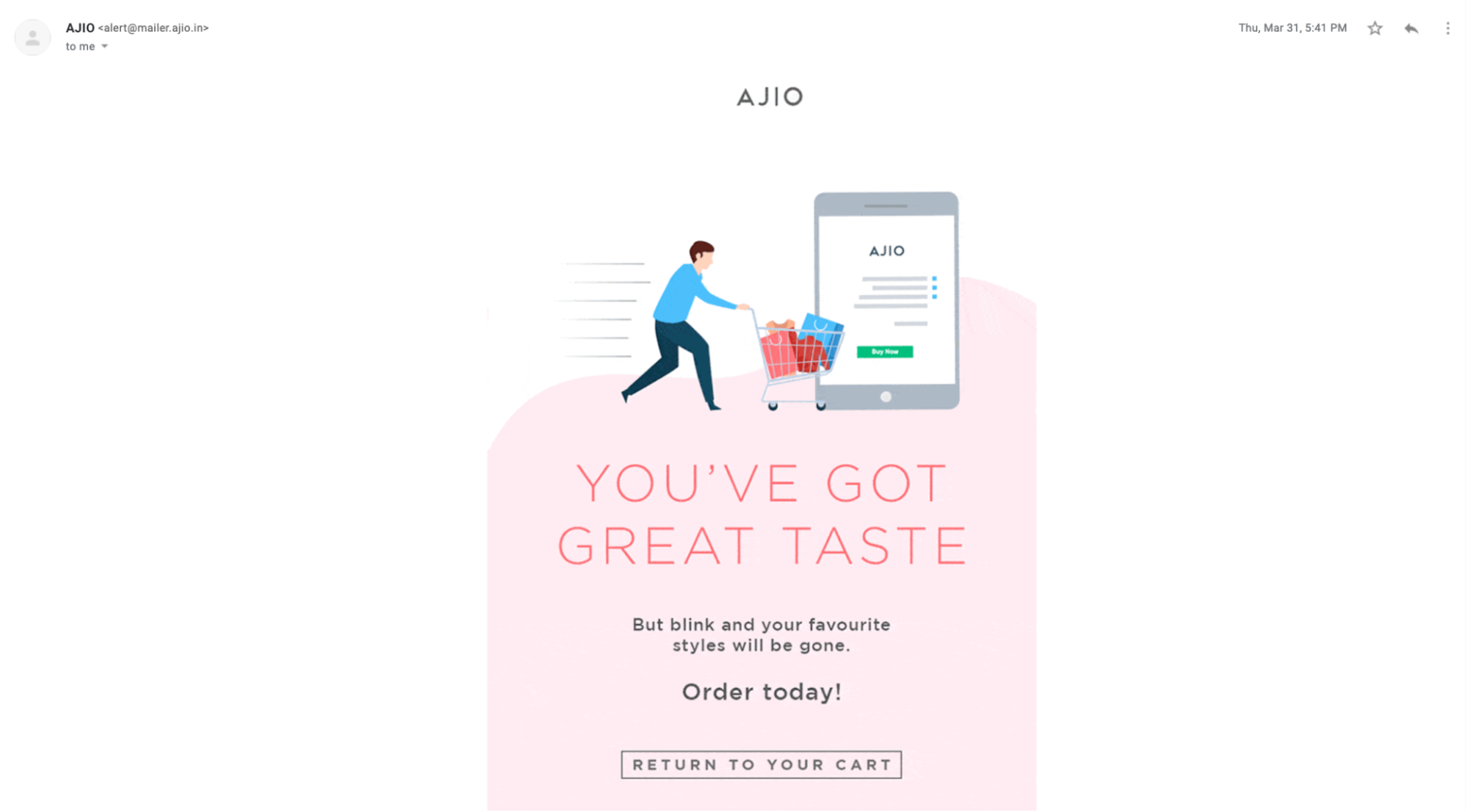
Similarly, email engagement campaigns can be designed to nudge customers to complete the purchase and understand the reason behind the cart abandonment to streamline the checkout process further.
Additionally, Facebook retargeting ads can be triggered to bring customers back to the website.
4. Improve retention by triggering marketing campaigns to a customer segment
Using MoEngage’s segmentation capabilities, you can trigger campaigns to a particular segment on the basis of demographics or customer behavior. MoEngage also supports RFM segmentation which accurately groups customers as loyal, new, champions, idle and more.
For example, to prevent idle online shoppers from turning dormant, you can trigger a relevant discount campaign for them. For this, you can create a customized workflow where you can choose the different channels you want the campaign to be sent from. Similarly, you can run campaigns for loyal customers/repeat customers.
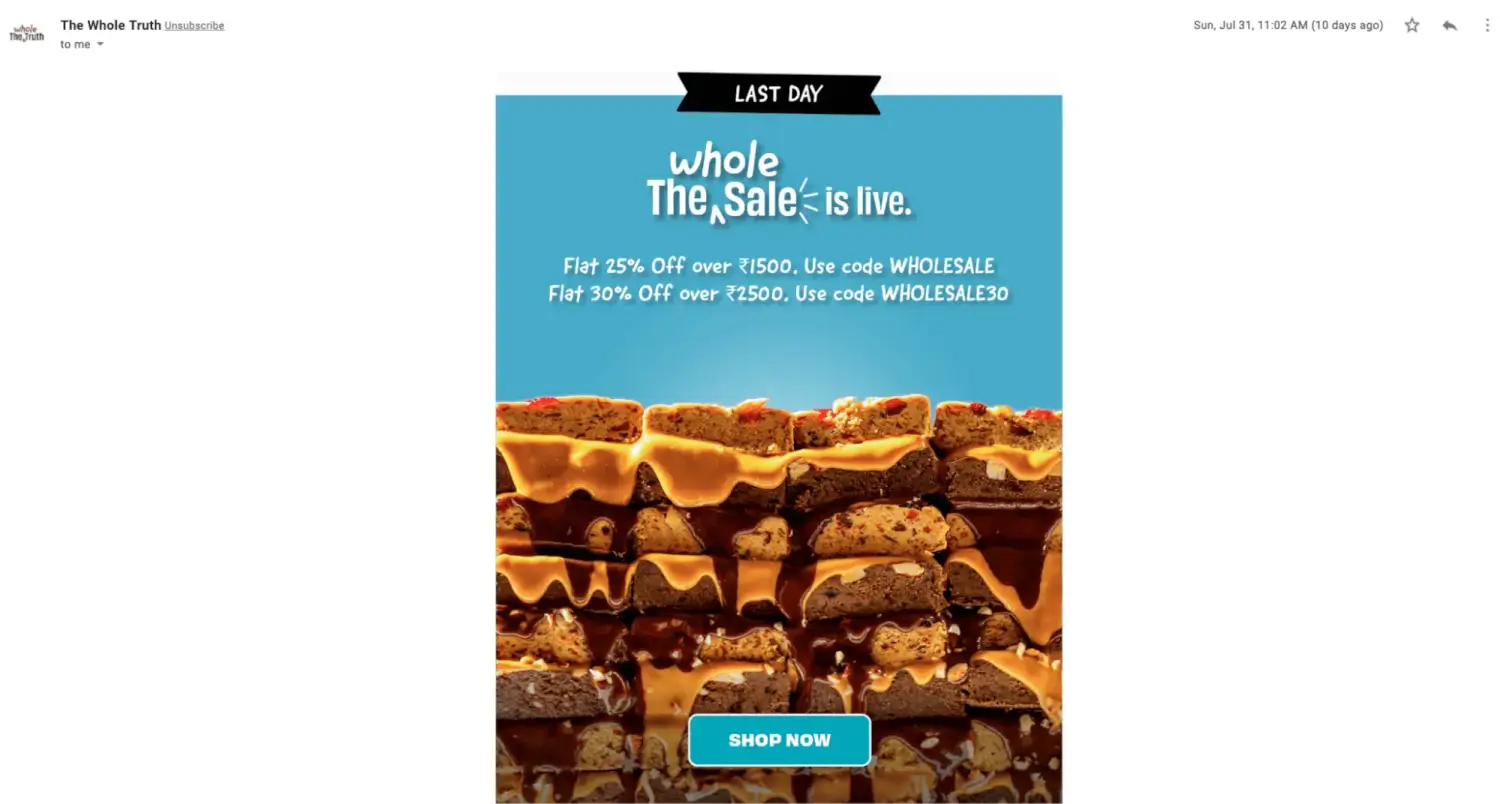
5. Collecting customer feedback instantly through AMP emails to promote customer advocacy
Over the years, collecting customer feedback has become insanely difficult. Conversion rates across channels including emails have seen a dip. The only way to solve this is by making the process as simple and intuitive as possible. One way to do that is by using AMP in emails.
AMP emails allow you to add interactive elements like buttons, surveys, customer satisfaction scores (CSAT) and carousels inside your email. This removes the need for customers to click through and visit a page to take action. This incredibly improves conversion rates and provides a seamless customer experience.
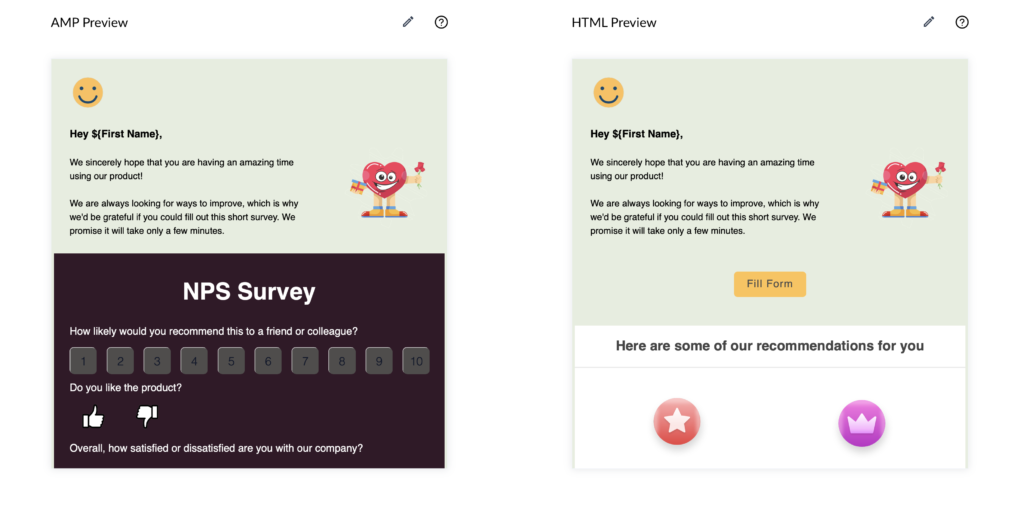
So, rather than taking customers to an external page to collect feedback, you can do it inside the email itself by embedding a form. E-commerce marketplaces can use this to auto-schedule a product review/feedback email after a certain period of time after purchase.
Conclusion – Personalization Is Critical to the Online Shopping Experience
Online shoppers want a hassle-free, seamless, and personalized shopping experience. To do that, companies need to curate the experience so shoppers receive a relevant offer on the right product at the correct time. This will help promote customer loyalty and drive growth.
Our Shopify integration empowers customers to reach/engage customer segments by triggering cross-channel campaigns, including web push notifications and onsite messaging campaigns for the online store (website), along with SMS and E-mail with a few clicks.
To sum it up, the success of your personalization efforts directly depends on how you use customer insights to craft the shopper’s journey.
What to do next?
- Want to create winning holiday marketing campaigns? Join us for a live webinar on Wednesday, Sept. 14 with 5 B2C marketers on holiday campaign insights.
- Grab our latest “All-in-One Guide to Boost Consumer Shopping Experience“ ebook to learn about Customer Engagement frameworks and more.
- Get customer engagement reports from top regions in our latest Insights-led Customer Engagement Report 2022.
- See how retail brands across the globe are driving hyper-personalization here.













